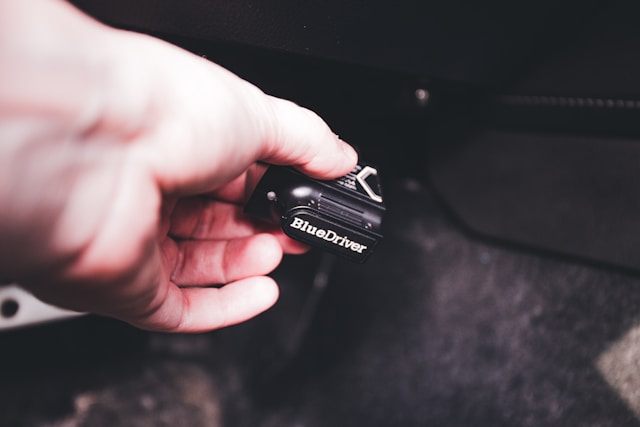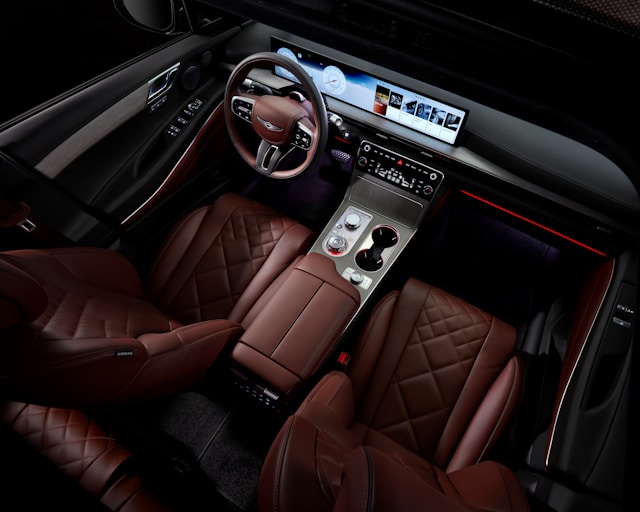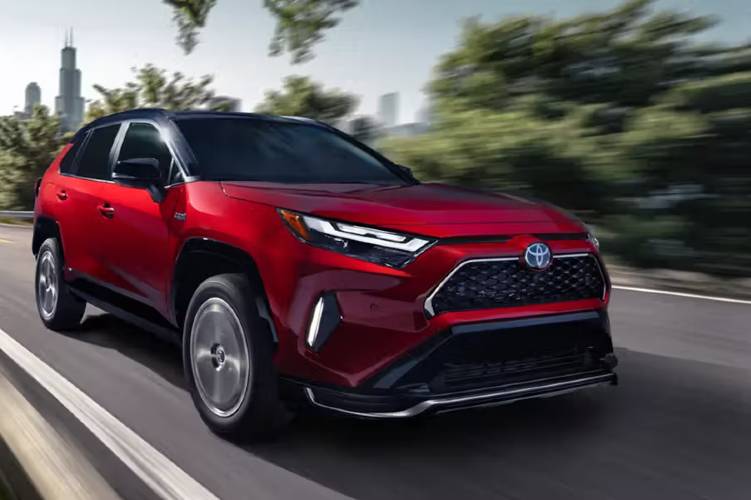Buying a used car can be a great way to save money, but it also comes with risks. One of the most critical components to inspect is the engine, as it is the heart of the vehicle and can be the most expensive part to repair or replace. In this guide, we'll walk you through a step-by-step process to inspect the engine of a used car, ensuring you don't end up with a lemon.
Step 1: Start with an OBD-II Scanner
Before you even pop the hood, the first thing you should do is scan the car's computer using an OBD-II scanner. This tool can reveal hidden issues that may not be immediately visible.
- Locate the OBD-II Port: This is typically found under the driver's side dashboard, near the steering wheel. Plug in your scanner and turn the ignition to the "on" position (but don't start the engine).
- Check for Codes: The scanner will read any error codes stored in the car's computer. Look for both confirmed codes and pending codes. A pending code, such as a P1000 code, could indicate that someone recently cleared the check engine light to hide a problem.
- Discuss with the Owner: If you find any codes, ask the owner about them. For example, if the oxygen sensors were recently replaced, the mechanic might have cleared the codes, which is why you see a pending code.
Step 2: Inspect the Engine Compartment
Once you've scanned the car's computer, it's time to inspect the engine compartment.
1. Check the Hood Struts
- Ensure the hood struts are strong enough to hold the hood open. Weak struts can be a minor annoyance, but they can also be a sign of neglect.
2. Look for Cleanliness and Signs of Detailing
- A clean engine bay is a good sign, but be wary if it looks overly detailed. Excessive cleaning or the use of shiny armor products could be an attempt to hide leaks or other issues.
- For a car with 130,000 miles, a little dirt is normal. What you're looking for is obvious damage, leaks, or anything out of the ordinary.
3. Inspect the Frame and Core Support
- Check the fender bolts and the front core support to ensure they are straight. A bent frame or core support could indicate previous accident damage.
- Look for rust or bent components under the front bumper. If the front crossmember is bent, it could affect the car's alignment, steering, and suspension.
Step 3: Check for Leaks
Leaks are a common issue in used cars and can be expensive to fix. Here's how to check for them:
1. Inspect Underneath the Car
- Use a flashlight to look under the car for any oil drips or fluid leaks. Leaks will typically drip downward, so this is the best place to start.
- Check the transmission, oil pan, and catalytic converter for signs of leaks. A little oil on the catalytic converter is normal, but major leaks are a red flag.
2. Check the Cooling System
- Open the coolant reservoir cap (only when the engine is cold) and inspect the coolant. It should be a bright color (e.g., red, green, or orange) and free of oil or brown sludge, which could indicate a head gasket leak.
- Ensure the coolant level is correct, and look for any signs of leaks around the radiator and hoses.
3. Inspect the Brake and Power Steering Systems
- Check the brake master cylinder for proper fluid levels and look for leaks around the brake lines.
- Inspect the power steering reservoir for fluid color and level. Dark or dirty fluid could indicate a problem. Follow the power steering lines to the pump and check for leaks.
4. Check the Oil
- Remove the oil fill cap and look underneath for any signs of frothy white oil, which could indicate a head gasket leak.
- Inspect the oil dipstick to ensure the oil level is correct and that the oil is clean and free of metallic specks or froth.
Step 4: Inspect the Belts and Hoses
Belts and hoses are critical components that can fail over time. Here's what to look for:
- Belts: Check for cracks, fraying, or shiny spots. A good belt should be tight and free of damage.
- Hoses: Inspect all vacuum hoses and coolant hoses for bulging, cracking, or brittleness. The rubber should be in good condition.
Step 5: Start the Engine and Listen
Now, it's time to start the engine and listen for any unusual sounds or signs of trouble.
1. Check the Exhaust
- When you start the engine, watch the exhaust for smoke.
- Blue smoke could indicate burning oil due to worn valve seals or piston rings.
- White smoke could indicate a head gasket leak.
- A small amount of condensation is normal when the engine is cold.
2. Rev the Engine
- Ask the owner to rev the engine slightly and watch for smoke. If you see blue smoke when revving, it could indicate worn piston rings.
3. Check for Engine Movement
- With the engine running, watch the motor for excessive movement. A little movement is normal, but a lot could indicate worn motor mounts.
4. Listen for Unusual Noises
- Listen for loud ticking, knocking, or irregular idling. A well-running engine should sound smooth and consistent.
5. Check for Blow-by
- Remove the oil cap (while the engine is running) and place your hand over the hole. You should feel a slight pulsing of air, but strong puffs of air or smoke could indicate worn piston rings.
Step 6: Shut Off the Engine and Recheck
After the engine has warmed up, shut it off and restart it. Listen for any changes in how it starts or runs. This can reveal issues that only appear when the engine is warm.
Step 7: Final Checks
- Hood Latch: Ensure the hood latches securely. A faulty latch could be a sign of previous damage or neglect.
- Test Drive: After inspecting the engine, take the car for a test drive to ensure it drives straight and performs well. After the test drive, shut off the engine and restart it to check for any changes in performance.
Conclusion
Inspecting the engine of a used car is a critical step in the buying process. By following these steps, you can identify potential issues and avoid costly repairs down the road. Remember, if you're unsure about anything or if the car has significant problems, it's better to walk away and find another vehicle.
Look for more articles in the series for more tips on inspecting the interior and other aspects of a used car. Happy car hunting!





